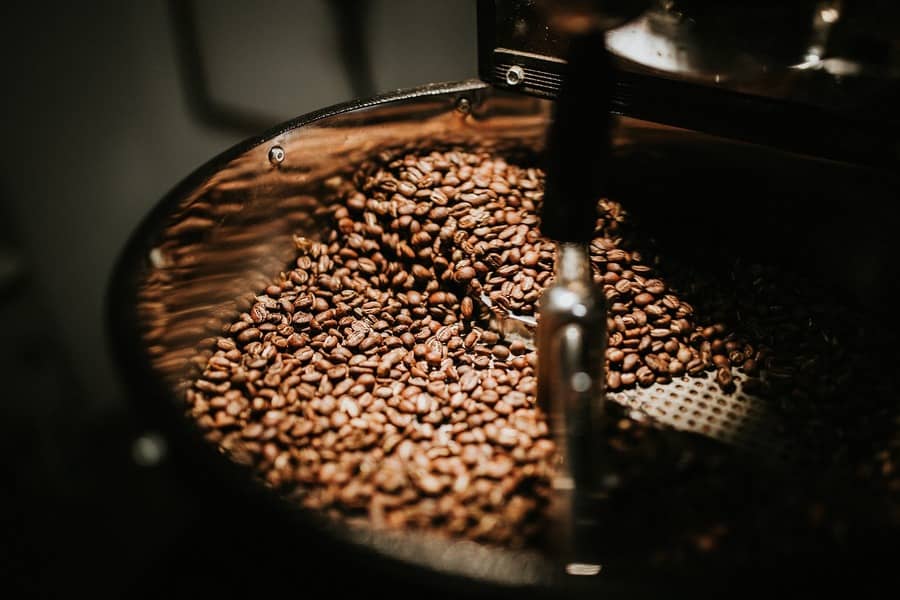The coffee rally goes on. The March 2022 position sets a new high for the contract by changing hands at 248.20 cents, now quite close to the 250-cent mark on ICE US. Just to have an idea of the intensity of arabica gains, coffee rose 21% or 4,325 points between the low of the trading session on November 8 (202.15 cents) and this Wednesday (24). Some factors help explain this movement. The first is the tightening physical supply due to the production losses of Brazil’s 2021 crop and amplified by the potential losses of Brazil’s 2022 crop. Logistical difficulties, given the lack of containers and space in ships, as well as the soaring international freight, also favored the coffee price escalation. And the fear around supply becomes even more dangerous in this period of coffee consumption peak, with the beginning of the cold season in the Northern hemisphere. Finally, there is the liquidity factor and the increase in costs, which help to make coffee even more expensive.
One symptom of the tightness in the available physical supply is the decline in ICE US certified coffee stocks. Many US industries have resorted to the product stored in accredited warehouses on the NY exchange for immediate supply due to either the difficulty in receiving coffee or even the lower cost. It is good to remember that it is not only the coffee price that is going up, freight and other costs of maritime transport are rising as well. The situation is so worrying that the feasibility of transporting coffee outside of containers is already being considered.
The fact is that ICE US certified stocks dropped to 1.68 million bags on November 24. Compared to the last peak in June 2021, that means a decline of 23% or 508 thousand bags. Still well above the bottom at 1.1 million in September 2020. However, the constant rise in prices and the peak of consumption make room for acceleration of this movement of declining stocks. And this raises concern, which reflects positively on prices. Out of the total coffee stored on the NY exchange, around 846,000 bags (50%) are from Brazil and 731,000 bags (44%) from Honduras.
The fear of supply is an important factor in sustaining prices in the short term, which has even distorted the market behavior. So much so that the spread between the maturities of coffee contracts on ICE US is negative, that is, longer contracts are cheaper than the shorter. This indicates great immediate difficulty with supply and an outlook for a future improvement in coffee supply.

